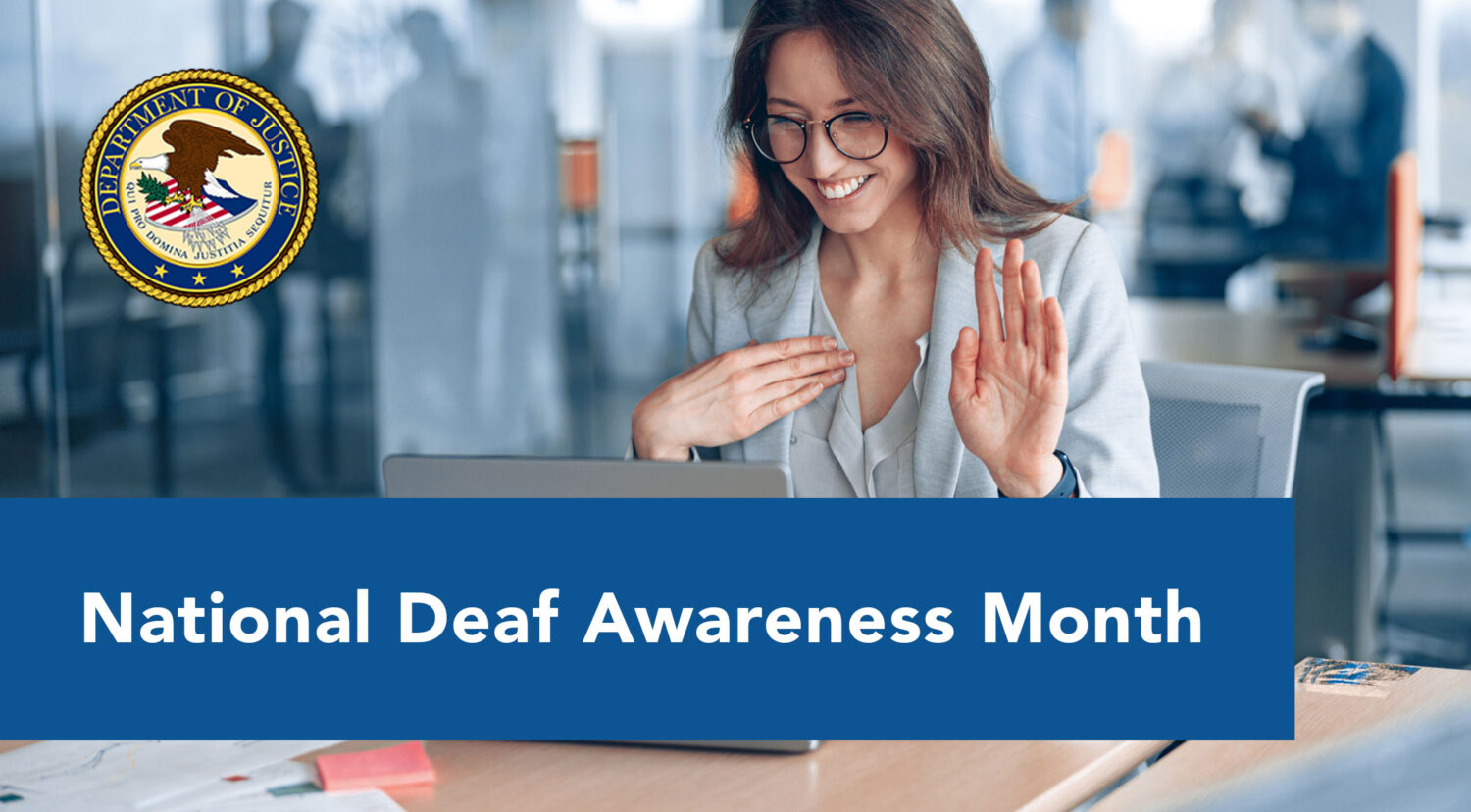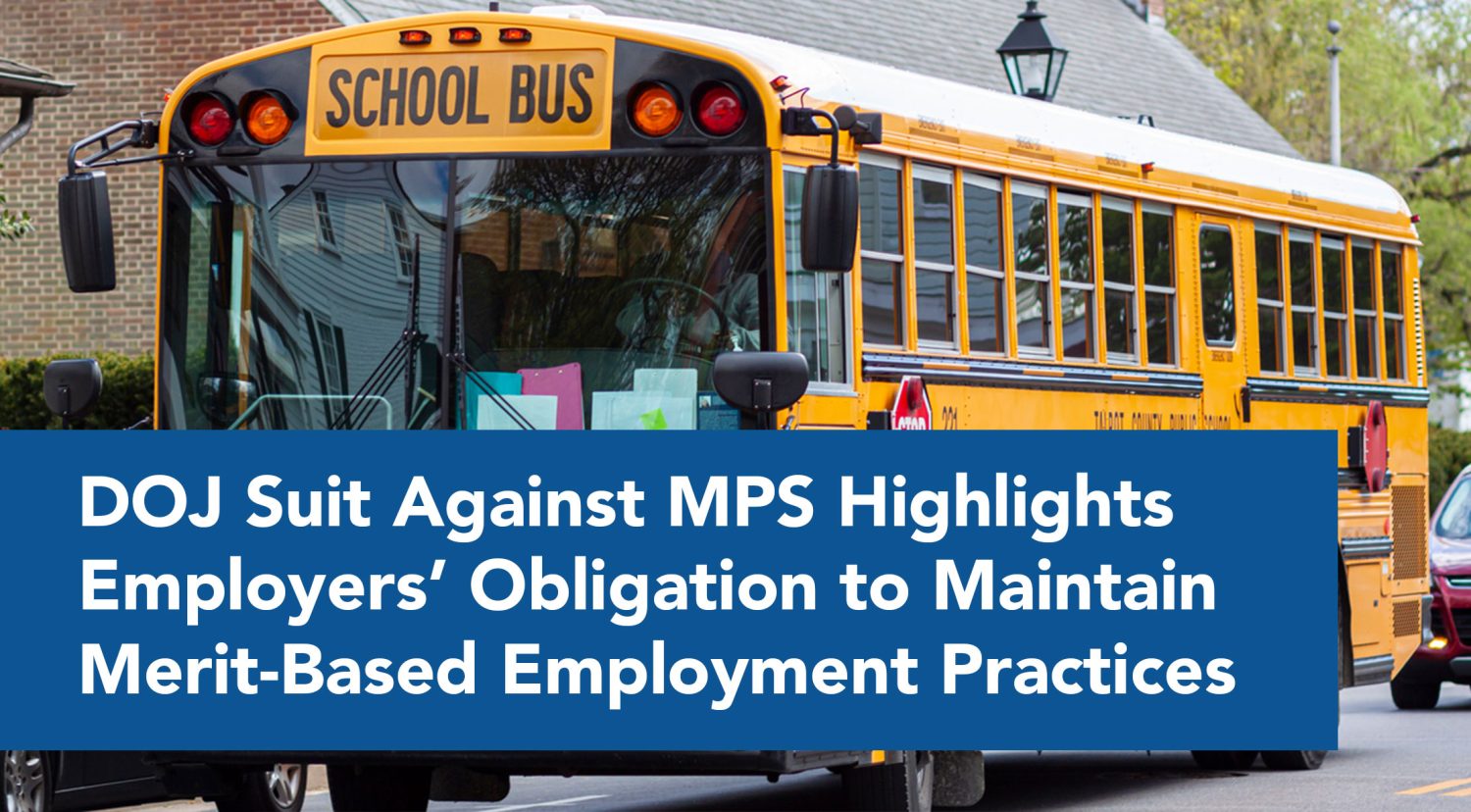

September is National Deaf Awareness Month. We would like to encourage you to take some time this month to recognize the challenges of the 1.9% of people in the United States today who are deaf and increase awareness of deaf issues.
The National Association of the Deaf (NAD) makes a distinction between Deaf and deaf as “the lowercase deaf when referring to the audiological condition of not hearing, and the uppercase Deaf when referring to a particular group of deaf people who share a language – American Sign Language (ASL) – and a culture.”
Additionally, hard of hearing (HOH) can distinguish those individuals with mild-to-moderate hearing loss. It can also represent a deaf person who doesn’t have or want a cultural affiliation with the Deaf community. Individuals can choose an audiological or cultural perspective depending on their comfort level, mode of communication, and acceptance. However, if an individual decides to identify, the NAD makes it clear that they welcome all deaf, hard of hearing, late-deafened, and deaf-blind Americans.
Technological advancements such as Video Relay Services (VRS) have significantly transformed the way Deaf people interact with hearing people. VRS enables Deaf or deaf individuals to make phone calls through a sign language interpreter, which has improved the accessibility and inclusivity of communication. Consequently, this progress has made way for more reasonable accommodations for Deaf and deaf employees in the workforce.
Are you familiar with the term audism? Audism is the discrimination or prejudice against individuals who are deaf, or hard of hearing. So, if you know or suspect that someone in your life or at work is deaf, or hard of hearing, give them some love this month! But not just this month, all year round.
If you have any questions about reasonable accommodations under the Americans with Disabilities Act or Affirmative Action Program requirements for those in the deaf community, leave a comment below or contact us.
HR Unlimited, Inc. specializes in helping federal contractors and employers effectively meet their AAP and EEO compliance obligations. Please contact us to discuss any of your questions, concerns, or needs in this area.




